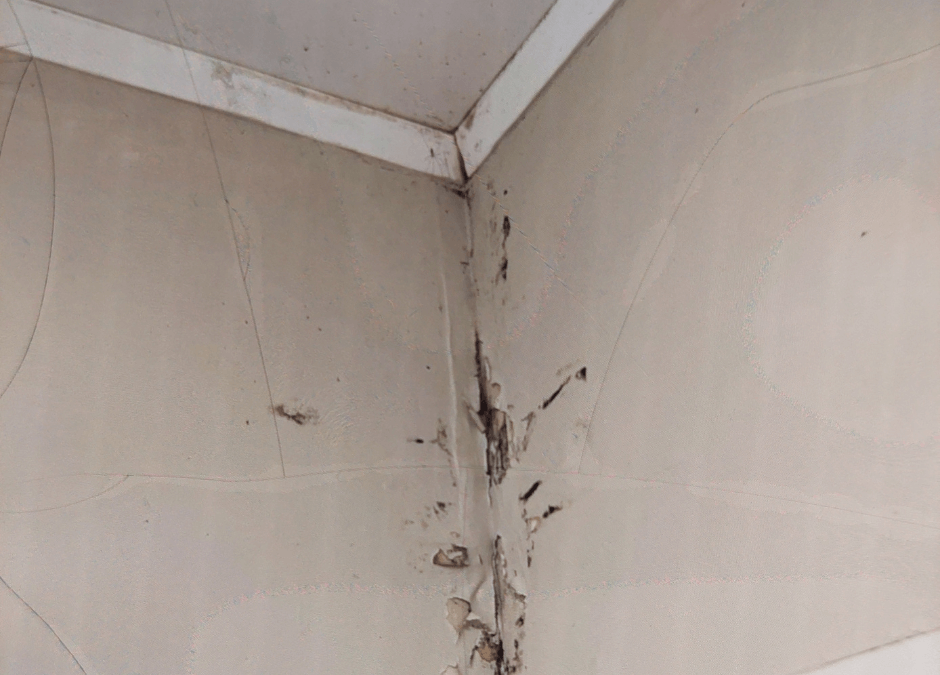As a landlord, ensuring the health and safety of your tenants should be a top priority. One often overlooked but significant issue that can impact both tenant health and property value is mould growth. Regular home inspections are crucial in preventing mould, protecting your investment, and maintaining a safe living environment. Here’s why regular inspections are essential and how you can effectively implement them.
Why Mould Prevention Matters
Mould is not only unsightly but also poses serious health risks. Exposure to mould can cause respiratory problems, allergies, and other health issues, particularly for individuals with asthma or weakened immune systems. Additionally, mould can cause structural damage to your property, leading to costly repairs. By preventing mould growth, you safeguard your tenants’ health and avoid expensive remediation and potential legal issues.
Benefits of Regular Home Inspections
-
Early Detection of Moisture Issues
Mould thrives in moist environments. Regular inspections help identify potential sources of moisture, such as leaks in the roof, plumbing issues, or poor ventilation. Early detection allows you to address these problems before they lead to significant mould growth.
-
Protecting Property Value
Mould damage can severely impact your property’s value. Regular inspections and prompt repairs ensure that your property remains in good condition, preserving its value and attractiveness to potential tenants.
-
Enhancing Tenant Satisfaction and Retention
Tenants are more likely to stay in a well-maintained property. Regular inspections demonstrate your commitment to their well-being, leading to higher tenant satisfaction and retention rates. Happy tenants are also more likely to take care of the property, reducing the likelihood of mould and other issues.
-
Compliance with Health and Safety Regulations
Many regions have health and safety regulations requiring landlords to maintain habitable living conditions. Regular inspections help ensure compliance with these regulations, preventing potential fines and legal disputes.
Implementing Effective Home Inspections
-
Develop a Regular Inspection Schedule
Create a schedule for regular inspections, ideally every six months. Inspections should be included in the lease agreement to ensure tenants are aware of and agree to these checks.
-
Focus on High-Risk Areas
Pay special attention to areas prone to moisture, such as bathrooms, kitchens, basements, and attics. Look for signs of water damage, such as stains, discolouration, or musty odours, which can indicate mould growth.
-
Check HVAC Systems
Ensure that HVAC systems are functioning correctly and are free from mould. Regularly replace filters and consider professional cleaning of ducts and vents to prevent mould spores from spreading throughout the property.
-
Inspect Windows and Doors
Check for condensation on windows and doors, indicating poor ventilation or insulation. Ensure that seals and weatherstripping are intact to prevent moisture from entering the property.
-
Educate Tenants
Inform tenants about the importance of reporting leaks, condensation, or any signs of mould immediately. Guide how to prevent mould, such as using exhaust fans in bathrooms and kitchens and keeping the property well-ventilated. Use information on our website for mould services.
-
Document Inspections
Keep detailed records of all inspections, including dates, findings, and any actions taken. Documentation is crucial in case of disputes and demonstrates your proactive approach to property maintenance.
Handling Mould Issues Promptly
If mould is detected during an inspection, it’s essential to address the issue immediately:
- Assess the Extent of the Mould Growth: Determine whether the mould is widespread or localised. For significant infestations, professional mould remediation services provided by CSS are necessary.
- Fix the Source of Moisture: Identify and repair the source of moisture to prevent further mould growth. This could involve fixing leaks, improving ventilation, or addressing condensation issues.
- Clean and Remediate Mould: For small areas of mould, you can clean the affected area with appropriate cleaning agents. Ensure proper safety measures, such as wearing gloves and masks, to avoid exposure to mould spores.
- Follow-up: After remediation, conduct follow-up inspections to ensure the mould does not return. Continue to monitor high-risk areas regularly.
Regular home inspections are vital to landlords’ property management. By proactively identifying and addressing moisture issues, you can prevent mould growth, protect your investment, and ensure a healthy living environment for your tenants. A thorough inspection routine enhances tenant satisfaction and helps you comply with health and safety regulations.
Contact us today for more information on mould prevention and professional inspection services. We are committed to helping landlords maintain safe, mould-free properties.

